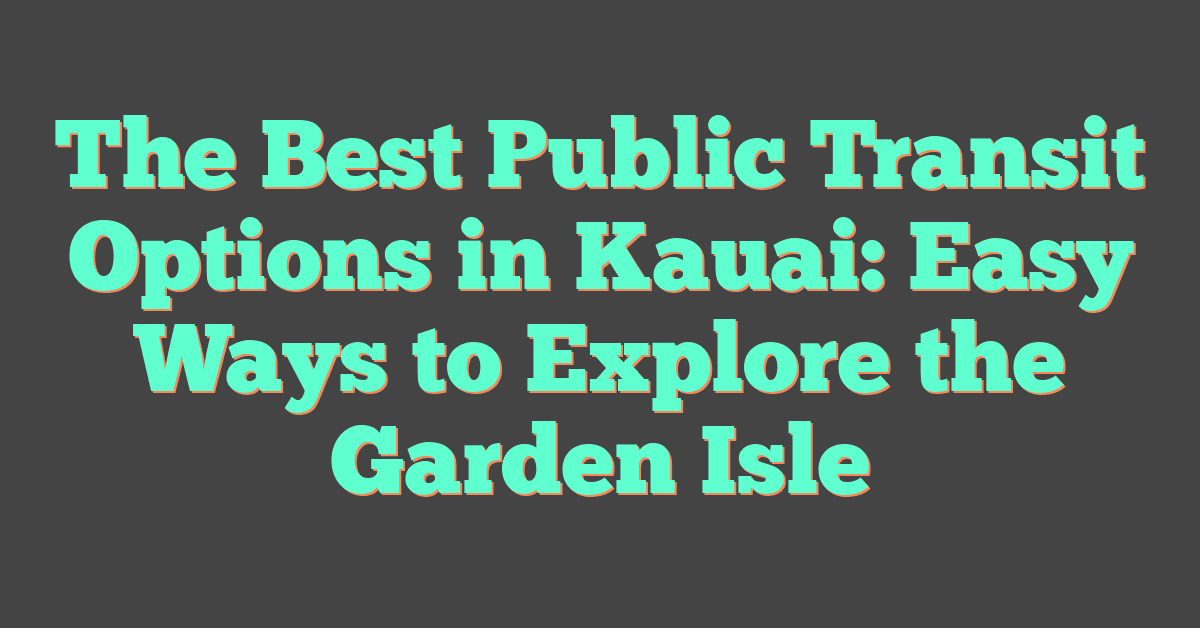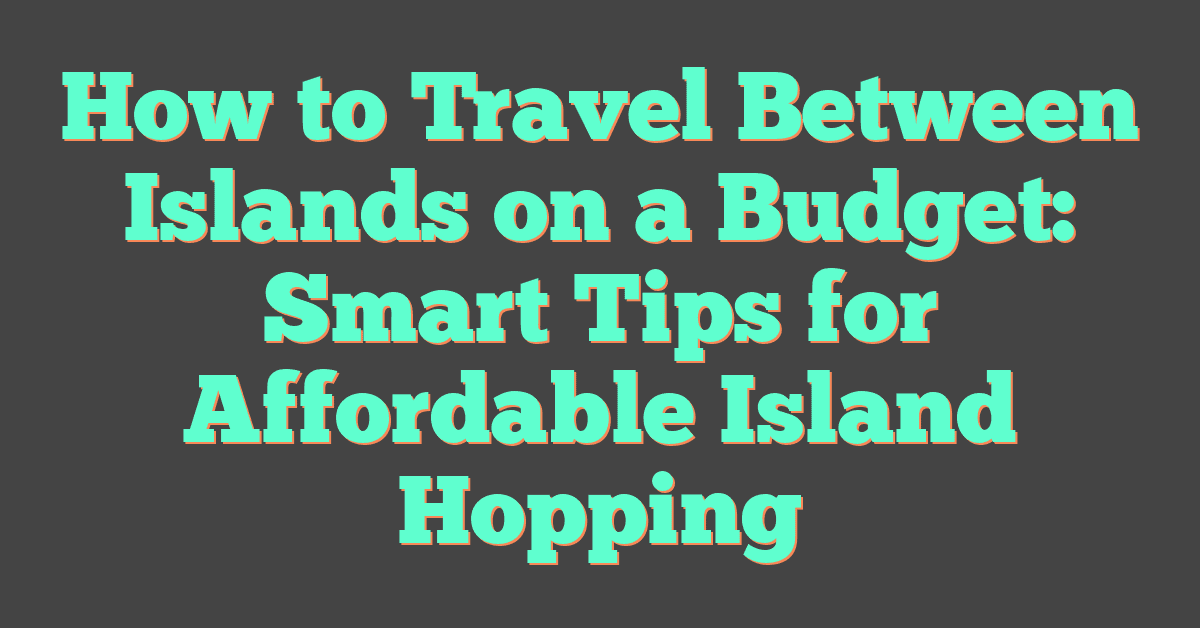I live in Hawaii and see beautiful beaches and ocean views every day. But I also notice how trash and plastic pile up on the sand and harm sea life.

If you want to help protect Hawaii’s beaches, you can volunteer for beach cleanups across the islands.

You can easily join a local group and find cleanup events almost every month. Organizations like the Surfrider Foundation and community programs host these events in places such as O‘ahu and Del Mar.
These events welcome everyone who wants to help, and you don’t need any experience. If you want more details or want to sign up, groups like O‘ahu Beach Cleanups share their schedules and volunteer info online.
Helping out benefits the environment and lets you meet others who care about the ocean. It’s a hands-on way to give back while enjoying Hawaii’s shoreline.
Why Beach Cleanups Matter

Cleaning Hawaii’s beaches means more than picking up trash. I’ve seen how these cleanups protect ocean wildlife, keep plastic out of the water, and help rare creatures.
Protecting Marine Life
When I join a beach cleanup, I often find plastic bottle caps, fishing lines, and old toys. Many animals eat this or get tangled up and hurt.
Fish, seabirds, and dolphins often suffer from this pollution. Plastic pollution is dangerous because it breaks into microplastics.
These tiny bits end up inside fish and move through the food chain, even reaching people. Beach cleanups remove trash before it reaches the ocean and harms animals.
I know that every bag of waste I collect might save a sea bird or a fish. Volunteer groups like Surfrider Foundation O’ahu track the types and amounts of litter, which helps scientists study pollution.
Reducing Plastic Waste
At every cleanup, I see that most of the trash is plastic—water bottles, straws, bags, and wrappers. Plastic waste doesn’t break down and builds up on beaches and in the sea.
When I help out, I stop litter from washing into the ocean during heavy rain. Simple actions like this reduce the waste that ends up in the water.
By volunteering, I help fight a big problem for island communities. 808 Cleanups and Sustainable Coastlines Hawaii focus on removing plastic waste and teaching others to cut down on single-use plastics.
Supporting Coral Reefs and Sea Turtles
Coral reefs are home to colorful fish, crabs, and many other animals. I’ve learned that plastic debris and chemicals from trash can kill fragile corals or block sunlight they need to grow.
Sea turtles in Hawaii also face danger. I’ve seen reports of turtles getting caught in fishing nets or eating plastic bags that look like jellyfish.
This can make them sick or even cause them to die. My work with conservation groups helps clean up reefs and protect turtle nesting areas.
Every piece of trash I pick up creates a safer home for coral reefs and gives sea turtles a better chance to survive.
How to Get Started as a Volunteer
Getting involved in a beach cleanup in Hawaii is easy. By taking a few steps, I can support the environment and help protect marine life.
I just need to know where to find events, how to join, and what to expect as a volunteer.
Finding Local Beach Cleanup Events
To join a beach cleanup, I start by looking for events near where I live or plan to visit in Hawaii. Groups like the Surfrider Foundation hold beach cleanups on different islands every month.
These events cover Oahu, Maui, Big Island, and Kauai. I also check nonprofit websites for lists of upcoming activities.
For example, Ocean Blue Project shares event details and suggests do-it-yourself (DIY) cleanups if I can’t join a group. Social media pages and local community boards help me find more opportunities.
Many events are open to all ages and visitors. If I want to make a bigger impact, I look for larger events or places with lots of debris.
Sometimes, I choose a spot that means something to me, like my favorite beach.
Registering With Organizations
Once I find a cleanup event, I register with the nonprofit that runs it. Most organizations use an online form.
For example, I can sign up for Surfrider Foundation’s national programs or with local Hawaii chapters on their website. When I register, I enter basic information like my name, email, and phone number.
Some groups send emails with event reminders, meeting details, and a list of what to bring. Registration helps organizers plan for volunteers.
If I bring friends or family, most events let me register multiple people at once. This helps with organizing carpooling or sharing supplies.
If I want to volunteer with a school or community group, some nonprofits arrange special group cleanups by request.
Understanding Volunteer Expectations
As a beach cleanup volunteer, I remember a few things. I need to be on time and wear comfortable clothes that can get dirty.
I bring water, sunscreen, gloves, and sometimes a reusable bucket or bag. Most events start with a short safety talk.
Organizers explain what trash to pick up, how to stay safe, and why each item matters. Volunteers like me treat the beach with respect and avoid disturbing wildlife.
I sort the trash I collect so it can be recycled or thrown away properly. At the end, some groups record the amount of trash removed.
It feels good to know my help is part of a bigger effort to protect Hawaii’s beaches.
Top Organizations Hosting Beach Cleanups in Hawaii

Several groups make it easy to get involved with beach cleanups in Hawaii. These organizations offer regular events, supply cleanup tools, and welcome both locals and visitors.
808 Cleanups
808 Cleanups is one of the most active groups I know. They focus on beaches and hiking trails all over Hawaii.
When I join an event, they give me cleanup supplies like gloves, bags, and buckets. I can join weekly group cleanups or do my own solo cleanup with their support.
They keep a public calendar of upcoming events, so it’s easy to find a time and place that works. Their online resources guide new volunteers on where trash piles up most.
I also see updates and photos of what other volunteers accomplish. If I need help, they respond quickly and are very friendly.
Surfrider Foundation
The Surfrider Foundation organizes regular beach cleanups on O‘ahu and other islands. I can find upcoming events and register online.
Volunteers fill out simple data cards to track what types of trash they collect. All the info goes into their national database, so every cleanup helps them see trends.
The O‘ahu chapter is especially active, hosting cleanups at many popular spots. Surfrider combines hands-on action with real science.
Being part of their cleanup means I contribute valuable data and help keep beaches clean.
Other Nonprofits and Local Groups
Many other nonprofits and community teams welcome volunteers. Groups like Sustainable Coastlines Hawaii hold large group cleanups, provide education on ocean health, and involve kids.
They make cleanups social and educational. Some organizations, such as the Hawaii Wildlife Fund, focus on protecting local wildlife and cleaning beaches.
These events often include chances to learn about turtle nesting or the impact of marine debris. Smaller community groups like Hele Mua mix cultural education and environmental care.
Volunteering with these groups helps me meet new people and learn about the island’s unique environment.
What to Bring and How to Prepare

I make sure I’m ready for a beach cleanup by knowing what to pack and how to stay safe. Planning ahead helps me enjoy the experience and show my commitment to the ocean.
Cleanup Kit Essentials
My cleanup kit starts with a sturdy bucket that holds 1 to 5 gallons. This lets me collect trash without using single-use plastic bags.
I always bring a pair of reusable cloth gloves to protect my hands from sharp objects. Sometimes the site provides supplies, but using my own helps reduce waste.
I also pack a reusable water bottle, snacks, and hand sanitizer.
Here’s my quick checklist:
| Item | Purpose |
|---|---|
| Bucket | Hold and carry collected trash |
| Reusable gloves | Protect hands from debris |
| Water bottle | Keep hydrated |
| Snacks | Stay energized during cleanup |
| Hand sanitizer | Clean hands after handling trash |
This setup keeps me organized and focused on helping the beach. Bringing my own supplies also supports sustainable habits for each cleanup, as suggested by Pacific Beach Coalition.
Safety Guidelines
Safety always comes first, especially since I might handle sharp or hazardous items. Before I start, I check the area for dangerous debris and avoid touching needles or medical waste.
If I find something unsafe, I alert the team leader instead of handling it myself. I don’t pick up heavy or large objects without help.
I use the “buddy system” and work with a partner when possible, so I’m never alone during the cleanup. I wear gloves at all times and avoid touching my face while picking up trash.
I wash my hands thoroughly when finished. Being careful helps protect me and other volunteers.
Recommended Clothing and Gear
For clothing, I choose closed-toe shoes or sneakers because there may be broken shells, sharp rocks, or trash underfoot. I wear light, breathable clothes like a t-shirt and long pants to keep cool and protect my legs.
I add a broad-brim hat, sunglasses, and reef-safe sunscreen to shield myself from the sun. If it might rain, I pack a light jacket and keep an extra set of clothes in my bag.
Sometimes, I bring a small first aid kit with bandages and wipes. Dressing this way keeps me comfortable and lets me focus on making a real difference on the sand and in the water.
Best Practices for Responsible Beach Cleaning
I want my efforts to make a real difference. I pay attention to how I collect trash and try to leave nature undisturbed.
Small steps like sorting waste properly and staying away from sensitive wildlife areas help me as a volunteer.
Proper Collection and Disposal of Waste
I bring reusable gloves, bags, and a trash grabber. Using reusable items keeps more plastic off the beach.
As I pick up litter, I sort it into recyclable and non-recyclable piles. I often find plastic bottles, food wrappers, and cigarette butts.
When I find sharp or hazardous debris, I use a sturdy container and avoid touching it. This keeps me and the environment safe.
After I collect trash, I use local recycling bins for bottles, cans, and plastics. For items that can’t be recycled, I follow Honolulu’s waste disposal guidelines.
This helps prevent more plastic pollution and supports marine conservation efforts.
Respecting Local Wildlife and Habitats
When I clean, I watch where I step and look out for nesting areas, tide pools, and burrows. Many native species in Hawaii, like sea turtles and birds, need these spaces.
I leave rocks and driftwood in place because they shelter small creatures. If I see any injured animals or sensitive habitats, I contact local authorities or wildlife agencies.
I avoid disturbing plants or coral fragments that have washed ashore. I focus on protecting wildlife while I clean.
Making a Lasting Impact

Joining beach cleanups in Hawaii helps protect marine life and keeps beaches beautiful.
My actions can inspire others to care for the environment.
Raising Community Awareness
When I join a beach cleanup, I meet others who care about the ocean. We pick up trash and talk about pollution.
I invite friends, classmates, or family to join, making our group stronger. I share what I do in person or on social media.
Posting photos of cleanup events or facts about ocean pollution gets others interested. Sometimes, I work with local organizations to spread important messages.
Here are some ways I help raise awareness:
- Posting cleanup events online
- Sharing before-and-after photos
- Talking to others at school or work about ocean problems
- Handing out flyers or digital guides
Local groups like Sustainable Coastlines Hawaii organize events and share cleanup results. This shows how each of us can make a difference.
Long-Term Environmental Stewardship
Cleaning the beach once is good. Making a habit of it is even better.
I set a personal goal to attend regular cleanups, not just on big days like Earth Day. When I volunteer over the long term, I see positive changes over time.
Stewardship means caring for the coast all year. I join groups that track the types and amounts of trash we collect.
We collect data to help organizations understand which problems are improving or getting worse. By staying involved, I learn more about local plants and animals.
I share what I learn with new volunteers. I see myself as part of the solution for the future.




